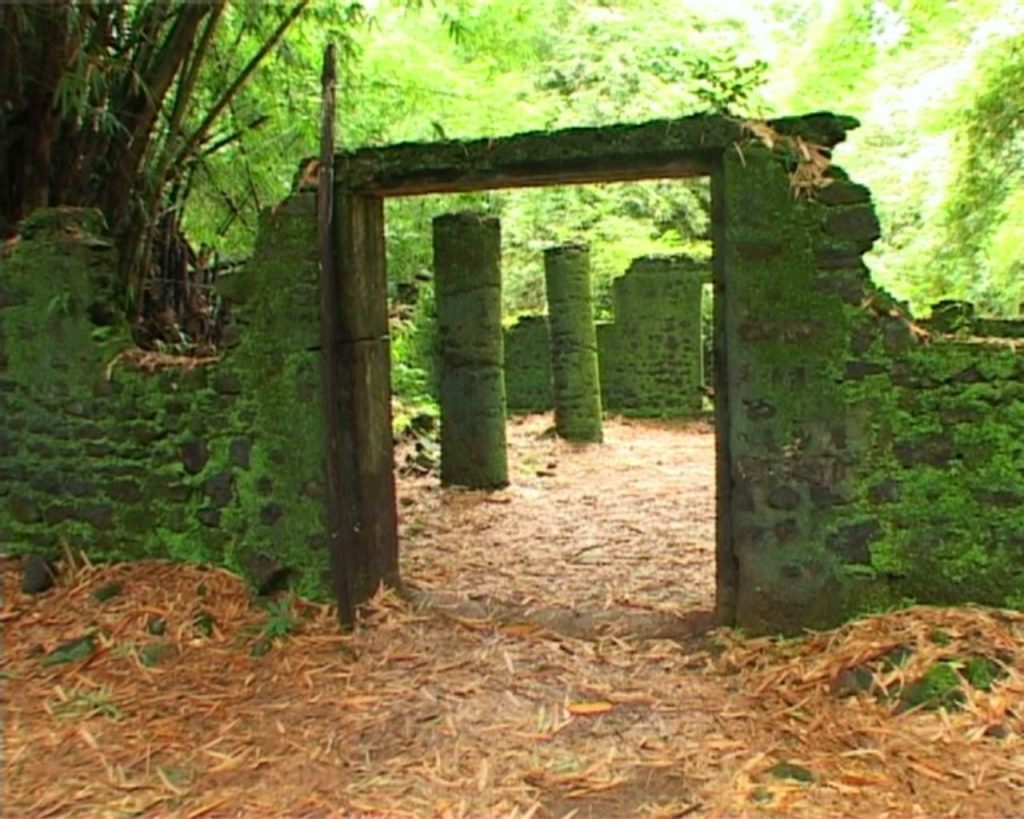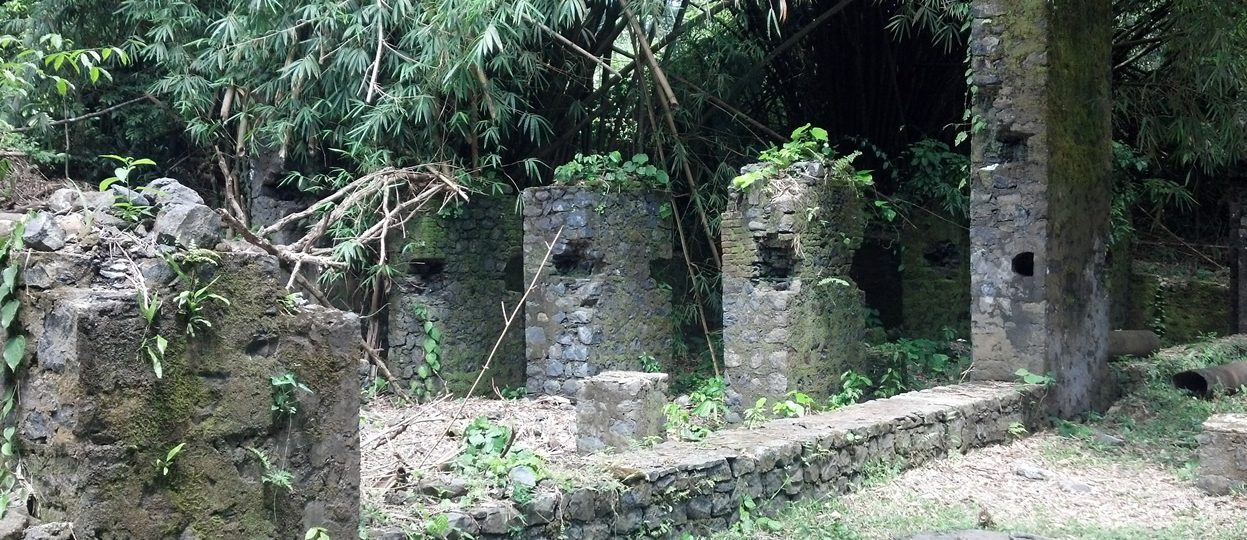Exploring the Bimbia Slave Trade Port
Visiting the Bimbia Slave Trade Port in Cameroon is a journey into a poignant chapter of history. Located in the town of Limbe, this site was once a significant hub in the transatlantic slave trade. Today, it stands as a testament to the resilience of those who endured unimaginable hardships.
Historical Significance
During the 18th and 19th centuries, Bimbia was a bustling center for the slave trade. Thousands of enslaved Africans were forcibly taken from their homeland and shipped to the Americas and Europe. The site is now a place of remembrance, with remnants of slave houses and the infamous “Gate of No Return” marking the departure point for many.
The Gate of No Return
Standing before the “Gate of No Return” is a sobering experience. This symbolic doorway represents the final exit for enslaved Africans as they boarded ships bound for foreign lands. The weight of history is palpable here, offering a moment of reflection on the resilience and strength of those who passed through.
Preservation and Challenges
Despite its historical importance, the Bimbia site remains largely undeveloped. The road leading to it is rough, and the area is not well-maintained. While some advocate for development to boost tourism, locals fear that changes could compromise the site’s authenticity. The Cameroonian government has declared Bimbia a National Cultural Heritage site and is working towards its designation as a UNESCO World Heritage Site.
Natural Beauty and Wildlife
Bimbia is not only a place of historical significance but also one of natural beauty. The surrounding area boasts lush greenery, pristine beaches, and diverse wildlife. Visitors can enjoy the serene landscape, with opportunities to spot rare bird species and even sea turtles nesting on the beach.
Visiting Bimbia
The best time to visit Bimbia is during the dry season, from November to February, when the weather is pleasant. To get there, fly into Douala International Airport, the nearest major airport, and then take a taxi or rent a car for the approximately 30-minute drive to Bimbia. Once there, exploring on foot is ideal, though taxis and motorbike taxis are available for longer distances.
Local Insights
Engaging with local guides can enrich your visit. They offer valuable insights into the site’s history and its impact on the community. The stories shared by guides like Mbimbi Edimo, who has worked at the site for over a decade, provide a deeper understanding of the conditions endured by enslaved people.
Community and Heritage
The people of Bimbia are deeply connected to the site’s history. For residents like Enanga Njuku, the heritage of the slave trade is both historical and spiritual. The community is committed to preserving the site as a place of remembrance and education, ensuring that the stories of their ancestors are not forgotten.
While Bimbia may not offer the amenities of a typical tourist destination, its historical and cultural significance make it a compelling place to visit. The experience is both humbling and enlightening, offering a unique perspective on a dark chapter of human history.





